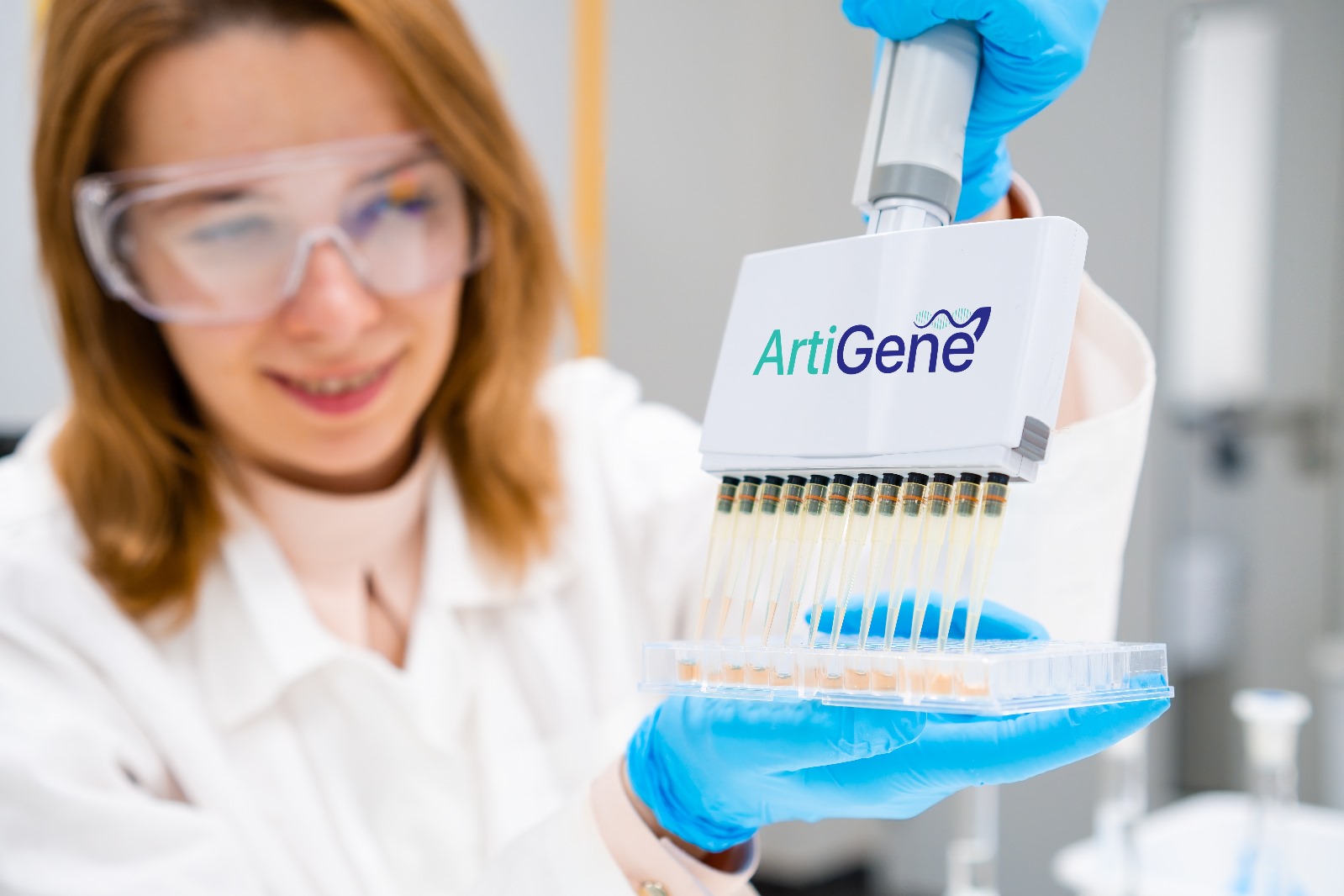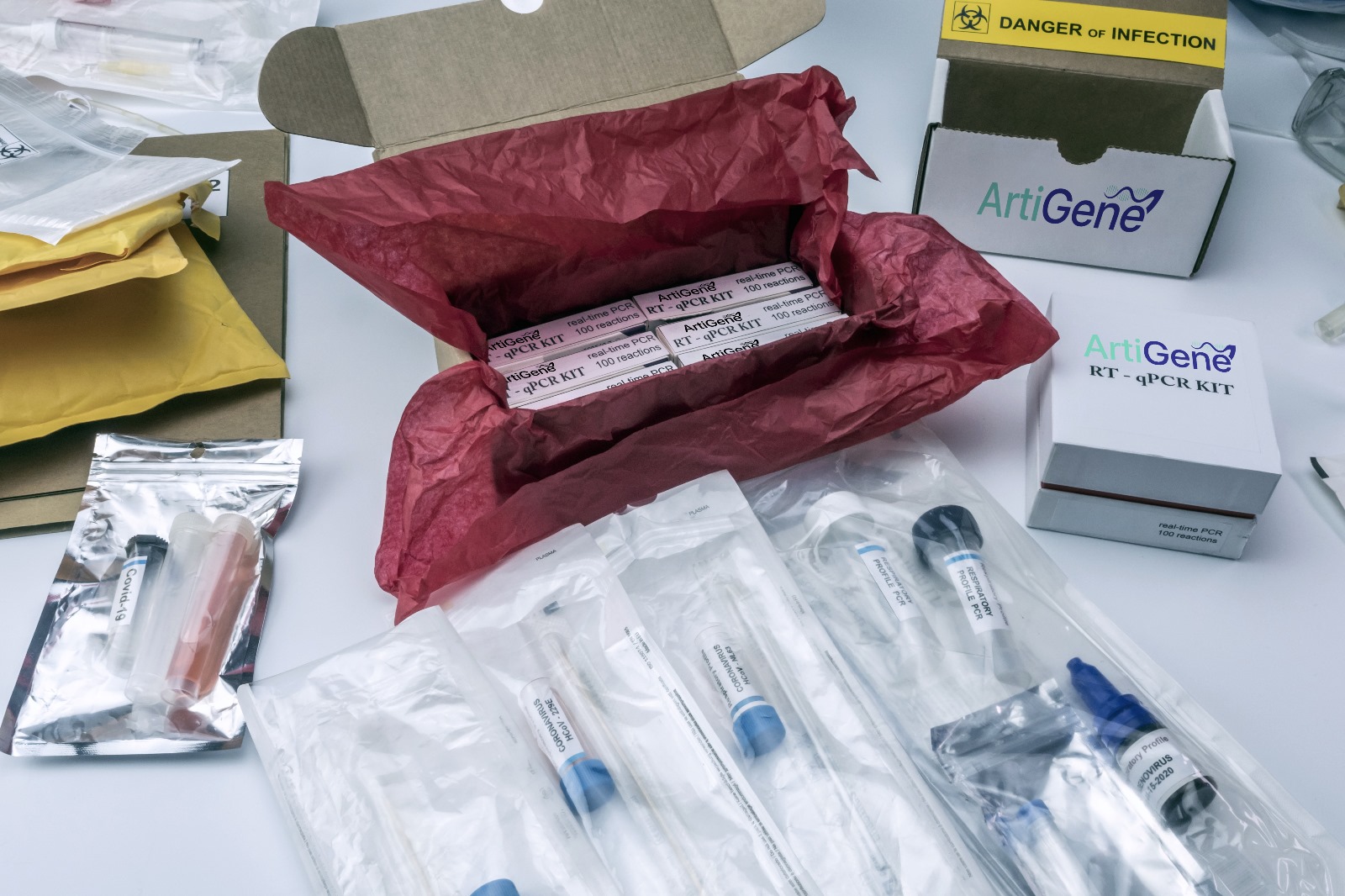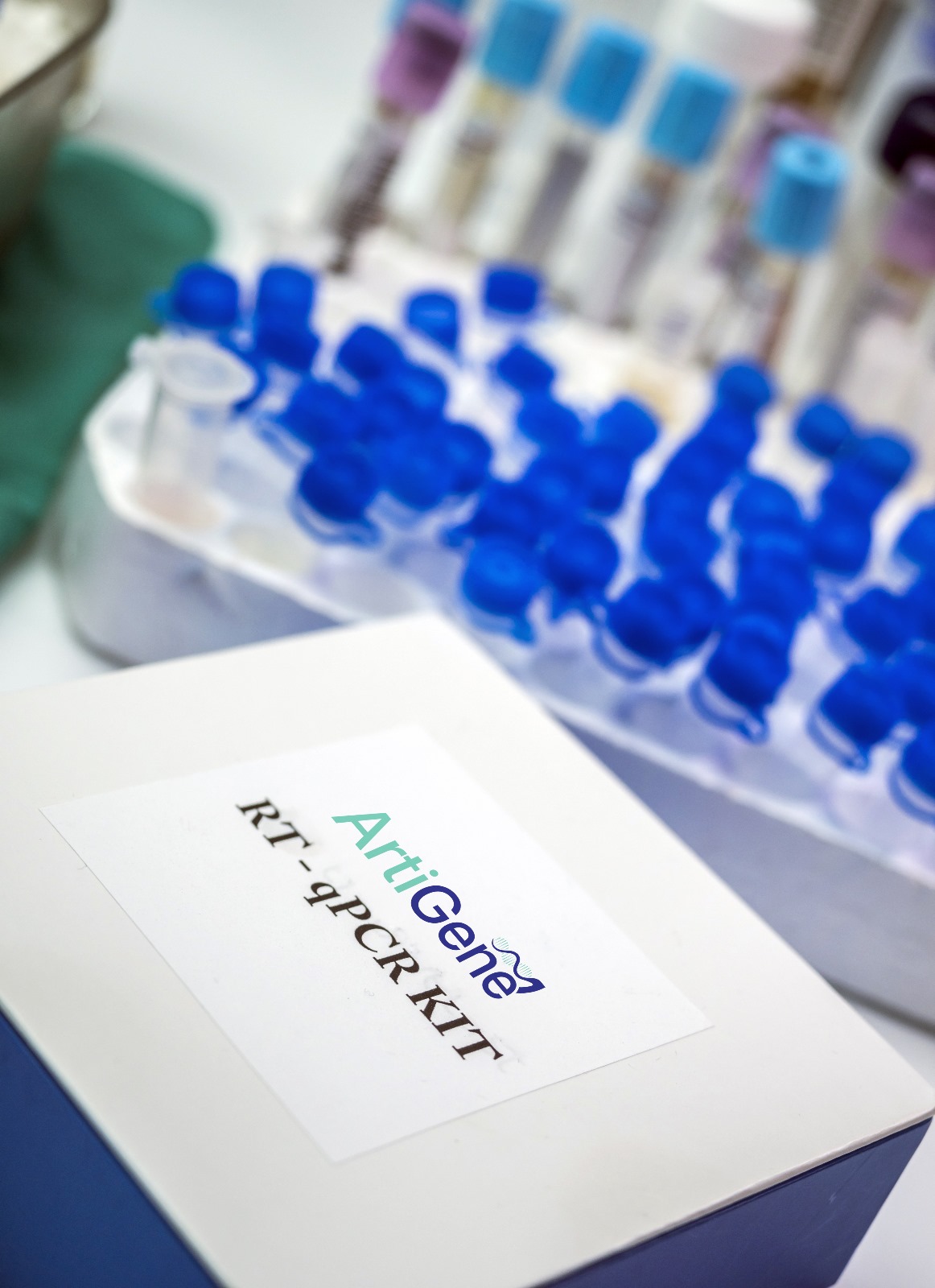Standart PCR And Real-Time PCR Reagents
| 2X Taq Master Mix | 2X TaqMan Master Mix | 2X Long Taq Master Mix | 2X B Master Mix |
| 2X GC Master Mix | 2X Hot Start Taq Master Mix | Hot Start Taq DNA Polymerase | Taq DNA Polymerase |
| Long Taq DNA Polymerase | Pfu DNA Polymerase | 2,5 mM dNTP Mix | 10 mM dNTP Mix |
| 100 mM dNTP Set | 25 mM MgCl2 | 2X SYBR Green qPCR Mix | 2X SYBR Green qPCR Mix (High & Low Rox +) |
Polymerase Chain Reaction (PCR) is a fundamental technique in molecular biology, widely used for DNA amplification. There are two primary types of PCR: Standard PCR and Real-Time PCR. Both methods rely on high-quality reagents to ensure accurate and efficient results.
Standard PCR, also known as conventional PCR, utilizes DNA polymerase, primers, dNTPs, and a thermal cycler to amplify DNA segments. This method is widely used for cloning, sequencing, and genetic analysis. The amplified products are detected using gel electrophoresis, which helps determine the presence and size of DNA fragments.
On the other hand, Real-Time PCR, also called quantitative PCR (qPCR), enables the detection and quantification of DNA amplification in real-time. This technique employs fluorescent dyes or probes to measure the accumulation of DNA, allowing researchers to monitor the reaction as it progresses. Real-Time PCR provides higher sensitivity, specificity, and quantitative analysis compared to standard PCR.

The success of both PCR techniques heavily depends on the quality and reliability of the reagents used. Enzymes such as Taq polymerase play a crucial role in DNA synthesis, while primers ensure specific target amplification. Additionally, buffer systems and dNTPs contribute to the stability and efficiency of the reaction. In qPCR, fluorescent probes or intercalating dyes like SYBR Green allow precise quantification of nucleic acids, making it an indispensable tool for gene expression analysis, pathogen detection, and forensic applications. Proper reagent selection is essential for obtaining reproducible and accurate results.
Furthermore, the choice of polymerase can influence reaction efficiency and fidelity. High-fidelity polymerases are often preferred for applications requiring precise DNA replication, such as sequencing and cloning. Meanwhile, specialized buffer systems optimize enzyme activity, ensuring stability under different thermal cycling conditions. Magnesium ions (Mg2+) also play a critical role in PCR reactions by acting as cofactors for DNA polymerase. Their concentration must be carefully balanced to prevent non-specific amplifications or weak signal intensities in qPCR assays. By optimizing reagent compositions, researchers can achieve robust and reliable PCR results across various applications.

In addition to reagents, the design of primers plays a crucial role in the specificity and efficiency of the PCR process. Primers must be carefully designed to match the target DNA sequence and avoid secondary structures or primer-dimer formations. The annealing temperature of primers should be optimized to ensure selective binding to the template DNA, minimizing non-specific amplifications.
Another important aspect of PCR is the choice of fluorescence-based detection systems in qPCR. TaqMan probes, molecular beacons, and SYBR Green dye are commonly used for real-time monitoring of DNA amplification. While SYBR Green binds to any double-stranded DNA, TaqMan probes provide sequence-specific fluorescence, enhancing specificity in quantitative analyses. The selection of the appropriate detection method depends on the application, sensitivity requirements, and budget considerations.
Advancements in PCR technology have led to the development of digital PCR (dPCR), which offers even higher sensitivity and precision than qPCR. By partitioning the sample into thousands of individual reactions, dPCR allows absolute quantification of nucleic acids without the need for standard curves. This makes dPCR a powerful tool for detecting rare mutations, copy number variations, and low-abundance targets in clinical and research settings.
Overall, the choice of reagents and optimization of reaction conditions are key factors in achieving reliable and reproducible PCR results. Whether using standard PCR, qPCR, or dPCR, researchers must carefully select enzymes, primers, buffers, and detection systems to meet the specific needs of their experiments. Continued advancements in reagent chemistry and PCR technology will further enhance the accuracy, sensitivity, and efficiency of molecular diagnostics and genetic research.
In addition to technological advancements, automation in PCR workflows is playing an increasing role in high-throughput applications. Automated liquid handling systems and integrated data analysis tools help streamline PCR processes, reducing manual errors and increasing efficiency. These innovations are making PCR more accessible for clinical diagnostics, personalized medicine, and infectious disease surveillance, ensuring more rapid and reliable results.

ArtiGene Biotechnology is committed to advancing molecular genetics research through high-quality PCR reagents and innovative biotechnology solutions. With over 20 years of expertise, our company focuses on R&D-driven product development, ensuring locally produced and market-driven solutions. Collaborating with global partners, ArtiGene not only supplies laboratories and researchers but also actively participates in after-sales support with its team of experienced genetic experts, biologists, and bioengineers. Our dedication to innovation and quality makes us a trusted partner in molecular biology and diagnostic applications.


